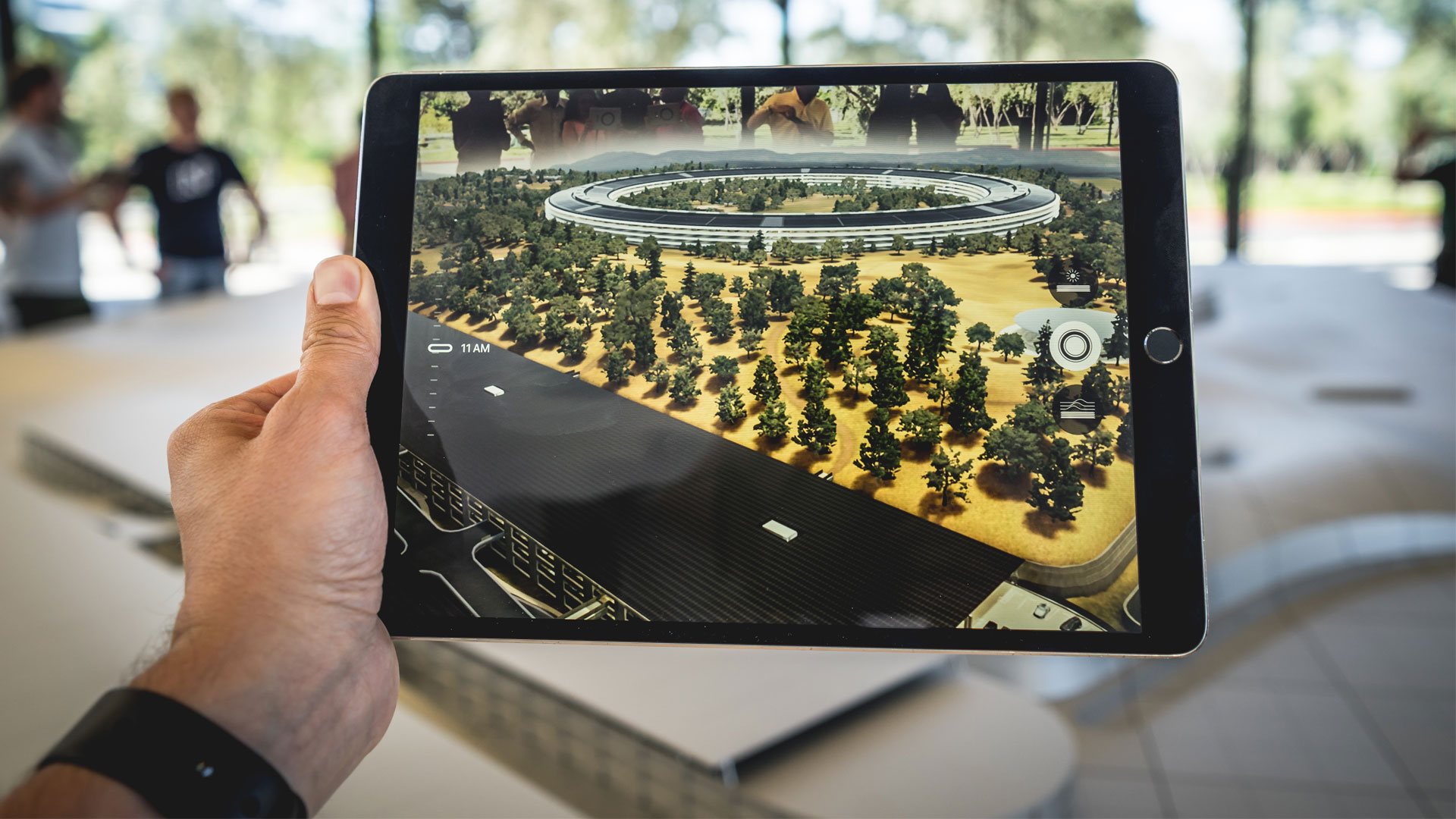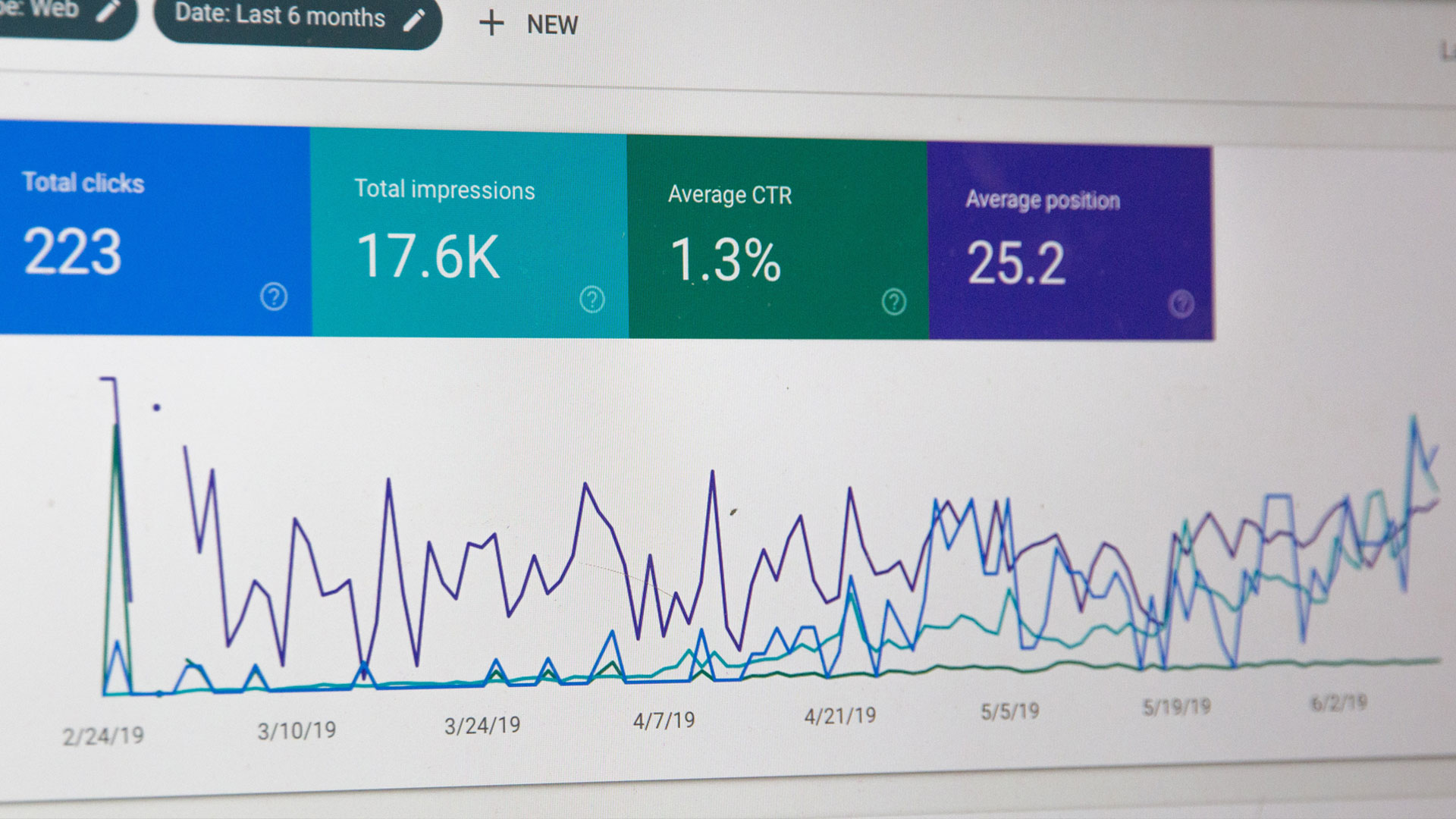2020 has been a year of significant change in the digital technology space. Along with the radically new behaviours and interactions that have been driven by the coronavirus pandemic, we’ve also seen a great deal of innovation and advancement from the technology providers themselves, which looks set to continue into 2021 and beyond.

To understand how the technology landscape may evolve, we asked our team of web and software developers about the trends they’ll be keeping an eye on over the next twelve months. (And if you’re interested in user experience and design, be sure to check out our recent post on trends in this area too.)
The impact of the global pandemic
From a development perspective, a notable impact of the COVID-19 pandemic and its associated lockdowns will be an explosion in tooling around collaborative development, as people seek to find more ways to work together remotely. We expect existing techniques such as remote pairing (which has been around for some time) to become better supported, following the release of tools such as Jetbrains’ Code With Me back in September. It’s also likely that collaborative features will become baked into a range of other tools, services and environments, as this space continues to mature.
Of course, the pandemic has had a major effect on the way that end-users interact with digital technologies, and this will no doubt have a lasting impact. This has been written about in more detail here, but it’s worth calling out here how brands are looking at new ways to use technology such as Augmented Reality (AR) to deliver immersive experiences through their digital channels. John Lewis, for example, uses AR to show customers what products will look like in their own home; even as stores and showrooms begin to reopen these features will likely remain, as customers expect (and may even prefer) to be able to see how things look without leaving their own home. While AR tech has been around for some time then, we predict that things will really step up a notch next year.

Developer tooling
Like augmented reality, Artificial Intelligence (AI) has been cited on annual trends lists for some time now. However, like AR we expect further strides in this space in 2021, as AI technology becomes more commoditised and so more accessible for ‘everyday’ development uses. Companies such as Amazon and Google are offering low-cost AI services that are ready packaged for use in websites and applications without requiring knowledge of the underlying technology or processes, to support the delivery of AI-driven experiences. For example, customers may be shown products personalised to their previous behaviour or wider trends, while marketers can benefit in areas such as email communications, where AI tools can test and analyse content to automatically recommend and even implement the most effective results.
In terms of specific tooling, advancements such as the recent release of PHP 8 are helping drive the growth of static typing; this will likely continue in 2021, with dynamic typing becoming less prevalent. This trend is further supported by the uptake of tools such as TypeScript, which helps further reduce the risk of bugs and errors (this is often cited as one of the major benefits of static typing, along with reducing the amount of tests required). We’ve also seen the Tailwind CSS framework grow in popularity this year and expect this to continue, with utility-centric CSS becoming the go-to for many development teams thanks to the efficiency gains it can deliver.
Additionally, serverless architecture approaches will likely continue to grow, and languages such as darklang.com will gain more of a following, although they currently still sit outside the mainstream.
SEO considerations
Search Engine Optimisation (SEO) will be a hot topic in 2021, due to the changes Google is set to roll out in the summer. Key among these is an update that will see Google’s Core Web Vitals become ranking factors for its Search Engine Results Pages (SERPs), making it imperative that sites perform against these criteria. As such, expect sites to become faster overall and also more focused on delivering content quickly, which can only be good news for the consumer.

Google also looks set to reduce the attention it pays to Accelerated Mobile Pages (AMP) in the rankings, and although it’s unlikely that the AMP framework will disappear completely it may well become less prominent. On the other hand Google’s new Web Stories feature will likely grow in prominence in 2021, following the trend set by Instagram, Facebook and (most recently) Twitter.
The importance of a mobile-first approach has already been mentioned in the UX design trends post, and will indeed continue to pick up pace in response to Google’s continued prioritisation of mobile, but we also expect to see desktop innovation catch up with it a little, as people spend more time at home and so spend less time accessing digital services on the move. It’s likely that innovations in the mobile space will start to become more common on desktops devices, using webcams to enable features such as Face ID and augmented reality.
Richer web experiences
One of the overarching development trends we’re seeing – and one that’s supported by many of the highlights already discussed in this peace – is a move towards richer web experiences, in response to rising customer expectations as well as the opportunities afforded by new tech innovations, and the maturing of existing technologies.
JAMstack is a notable example here, which in 2020 has progressed from its initial popularity with early adopters to a more widespread uptake, bringing with it a better understanding of its strengths and most suitable use cases.
JAMstack will likely get over the hump of Roger’s Diffusions of Innovation curve in 2021.
Alongside this, people now understand what situations JAMstack isn’t as well-placed to handle, and to that end we also expect a small rise in ‘classic’ Content Management System (CMS) solutions such as WordPress (for further comparison of these options, take a look at this post that draws on a discussion between Netlify CEO Matt Biilmann and Automattic founder Matt Mullenweg).
We’re also seeing the growing capabilities of browser-based web services, thanks to tools such as WebAssembly which allow developers to run code that’s not written using web technology within the browser. This kind of technology has a number of exciting applications, such as enabling 3D games to be embedded into websites and, as the applications are run natively on a user’s machine in the browser, also supports blazing-fast levels of performance.
Web services are also becoming more accessible on mobile devices, with Progressive Web Apps (PWAs) continuing to grow in popularity and quality as tooling evolves to support them. Enabling websites to be installed on mobile devices, this approach allows developers to unlock device-specific capabilities, such as notifications and camera functionality, as well as provide support for offline use. PWAs can also be installed across a greater variety of devices compared to OS-specific native applications, and take away the need for users to download updates as this is handled by default, when an internet connection is available.
Ultimately, customers are demanding intuitive, immersive and responsive interactions across a full range of digital touchpoints, driving developers to explore new tools and approaches to deliver these – a trend that certainly won’t be going away any time soon.
Do you want to learn more about how you can use digital technologies to deliver better services for your users, and better results for your business? You can talk to our team of bespoke software consultants, who have more than two decades of bespoke software development experience, by calling +44 (0)20 7439 1900 or emailing info@boxuk.com.

